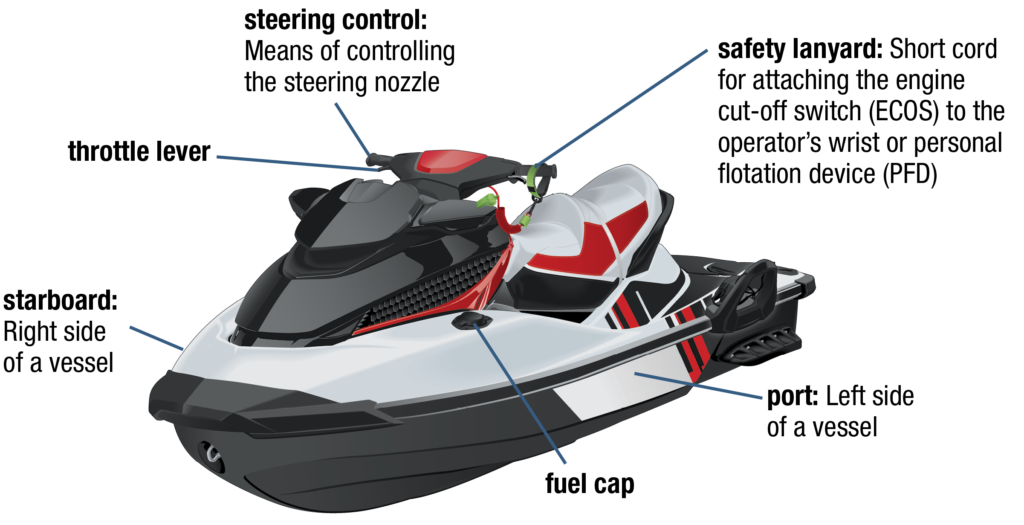Steering Control On A PWC are often tricky to operate and needs Skills and Experience. PWC refers to Personal Water Crafts the most needed requirement is to have power in which will allows the one using it to control the engine for it to stop or for it to move. Without power, the person using it could be out of balance or fail to start the engine.
This is the basic requirement because even though it is shut off or the engine is off, the PWC is still on and it could still move without proper knowledge of the engine.
How to Maintain Steering Control On A PWC

To maintain steering control on a Personal Watercraft (PWC), it is crucial to understand the key components and practices involved:
- Power Requirement: Steering control on a PWC requires power to be applied continuously. If the throttle is released to idle or the engine shuts off, steering control is lost.
- Lanyard Safety: Most PWCs have a lanyard connected to the start/stop switch, ensuring the engine stops if the operator falls off, preventing unattended operation in crowded areas.
- Steering Mechanism: PWCs use a jet drive system where water is drawn in and forced out through a steering nozzle controlled by the handlebars. Power is needed for steering, and releasing the throttle can lead to loss of control.
- Reverse Feature: Some newer PWCs have a reverse mechanism for low-speed operations, but using it at high speeds can be dangerous and reduce steering ability.
- Proper Lookout: Maintaining a proper lookout is essential to avoid accidents, especially in crowded areas. Being aware of other boats and obeying rules of operation is crucial for safety.
Understanding how to manipulate the handlebars, throttle control, body positioning, and environmental conditions are all vital aspects of effectively steering a PWC.
By mastering these elements, riders can navigate waters safely and enjoy the thrilling experience that PWCs offer
You may also like,

